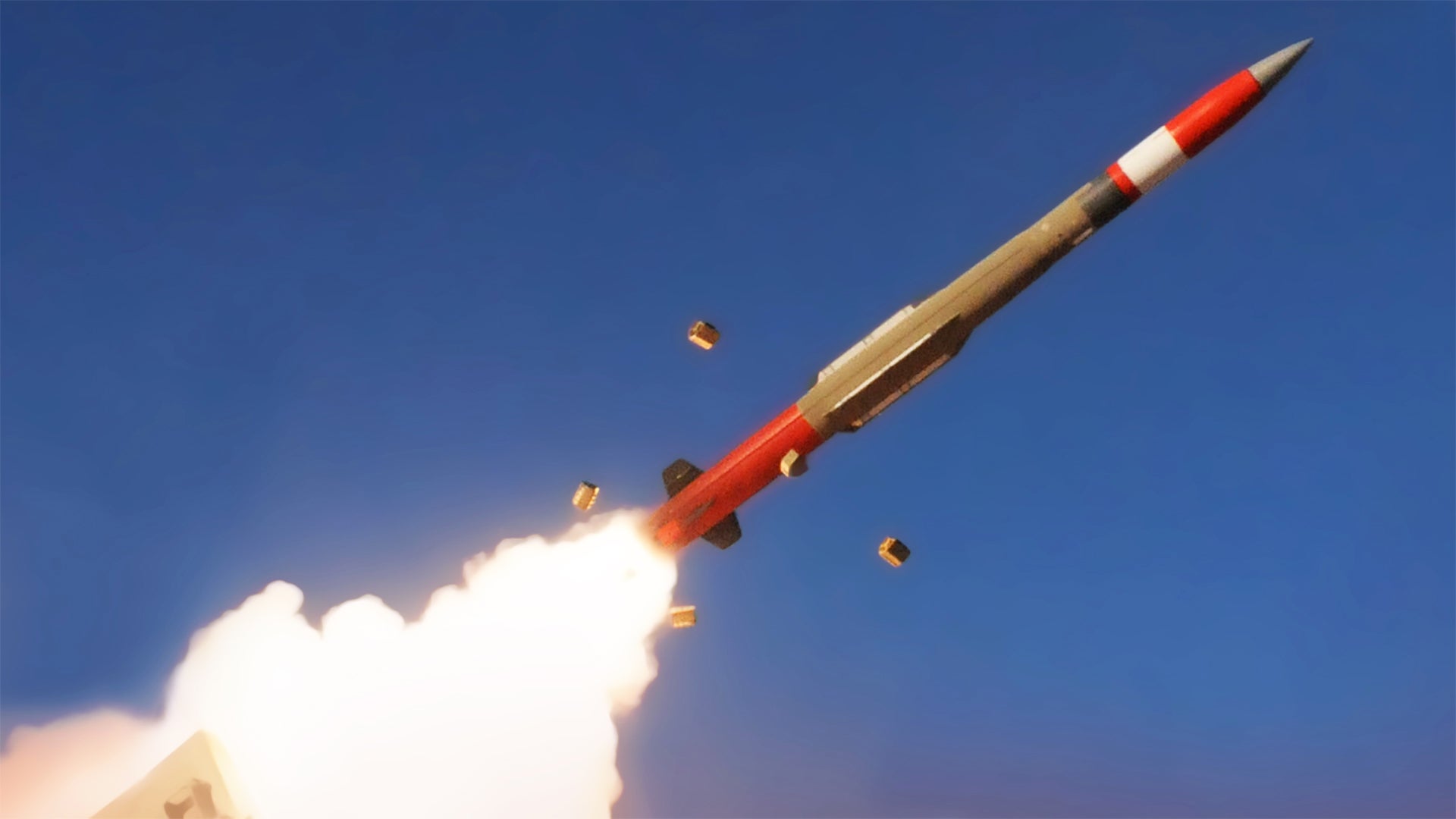The latest iteration of the popular Patriot Missile System, known as the PAC-3 Missile Segment Enhancement (MSE), helped swat down multiple targets over White Sands Missile Range during a complex test last November. The PAC-3 MSE interceptor was joined during the test by the Cost Reduction Initiative (CRI) Patriot variant that aims at reducing the cost per shot of the long-running missile type.
This successful test evolution marked the end of the validation phase for the PAC-3 MSE, with the missile having been cleared for full rate production. A contract worth hundreds of millions of dollars was subsequently awarded by the Pentagon in January 2nd, 2018 to build large quantities of the missiles for the US Army and an increasing number of American allies that field the system.
According to Lockheed’s literature the Missile Segment Enhancement Patriot Missile variant is described as such:
“The PAC-3 Missile Segment Enhancement (MSE) is an evolution of the battle-proven PAC-3 Missile. The hit-to-kill PAC-3 MSE provides performance enhancements that counter evolving threat advancements. The enhancements ensure the PAC-3 Missile Segment of the PATRIOT Air Defense System is capable of engaging new and evolving threats. The hit-to-kill PAC-3 Missile is the world’s most advanced, and capable theater air defense missile and defender against the entire threat to the PATRIOT Air Defense System: Tactical Ballistic Missiles (TBMs) carrying weapons of mass destruction, evolving cruise missiles and aircraft.
The PAC-3 MSE design utilizes the latest technology to significantly increase performance. The PAC-3 MSE incorporates a larger, dual pulse solid rocket motor; larger fins; and upgraded actuators and thermal batteries to accommodate increased performance. The modifications extends the missile’s reach.The PAC-3 MSE is packaged in a single canister that stacks to provide logistical flexibility. Twelve individual PAC-3 MSE Missiles can be loaded on a PATRIOT Launcher or a combination of six MSEs and eight PAC-3 Missiles (two four packs) can be loaded.”
In addition, Lockheed sums up the advantages of the system by stating these key features:
- Improves effectiveness throughout current battlespace
- Expands missile performance battlespace in altitude and range
- Defender against PATRIOT full regime of system threats
- Minimal launcher modifications required
- Dual pulse technology enables further improvements to overall system performance and lethality

The MSE’s exact range and altitude capabilities against various types of targets are classified, but it’s clear that the updated missile will allow MIM-104 Patriot batteries to cover far more area and have greater defensive capabilities against tactical ballistic missiles than its progenitors. The upgrades to the missile’s motor, control system, software, front-end thermal protection, among other modifications, result in a far more effective weapon. The type will also serve as the baseline missile for the international Medium Extended Air Defense System (MEADS) initiative.
With the proliferation of theater ballistic missiles, both by state and non-state actors alike, a more capable Patriot missile adapted to counter these threats will be hot sellers. The reawakening of a the Russian Bear, whose Iskander tactical ballistic missiles are a forward-deployed weapon of choice, as well the ever-evolving threat posed by North Korea, and maybe most of all, the use of increasingly longer-ranged ballistic missiles by Iranian-backed Houthi rebels in Yemen, have collectively pushed the ballistic missile threat at the top of defense planners’ minds. This has resulted in recent sales of the Patriot missile system to Romania, Poland, and Sweden, and more are likely to follow.

The Patriot’s recent performance against Houthi fired missiles may not be as illustrious as many tout, and the idea of a “missile shield” isn’t really based in reality—both are issues we have discussed in detail in the past—but having some terminal defense capabilities to protect key locales against the most prevalent ballistic missile classes is still a very worthy endeavor. Especially when that same battery can also provide area air defense against air-breathing threats such as aircraft, cruise missiles, and even against small drones, as well. More elaborate purpose-built missile defense systems don’t have this flexibility, but this newest version of the Patriot missile is well suited to make up the lower tier of a “layered” ballistic missile defense system.
The good news is that after being in service for nearly three and a half decades, the Patriot continues to evolve and becoming more potent and flexible, and the Patriot PAC-3 MSE update really gives the system a big leap in capability that it needs. It also seems like a great foundation for future advances, such as the possibility of incorporating a dual-mode seeker design.
Contact the author: Tyler@thedrive.com
